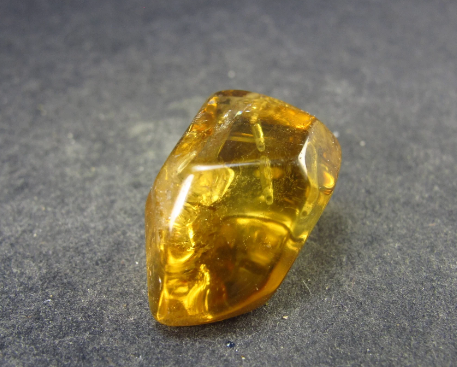IUPAC Name
(4aR)-1,4a-dimethyl-7-propan-2-yl-2,3,4,4b,5,6,10,10a-octahydrophenanthrene-1-carboxylic acid
Cas Number
8050-09-7
HS Code
3806.10.00
Formula
C20H30O2
Appearance
Deep Yellow Cristal
Common Names
Gum Rosin Grade M
Packaging
(250 Kg Net Zink Drum), (25 Kg Net Each Bag)
Brief Overview
Gum rosin Grade N is a specific classification of gum rosin, which is a natural resin obtained from pine trees. The term "Grade N" typically refers to a specific quality or grade of gum rosin. Gum rosin itself is produced through the extraction of resin from pine trees, mainly pine species like Pinus elliottii and Pinus taeda.
Gum Rosin is produced from the crude pine resin collected from pine trees. The resin is subjected to distillation and the distillation process is carried out in large copper stills. The volatile liquid terpene components would separate from the mixture as it vaporizes at a temperature between 100 to 160°C, leaving behind fluid rosin as the distillate. This fluid rosin is collected and purified by passing it through straining wadding. The condensate left behind is called turpentine oil.
Adhesives
Gum rosin is a key ingredient in the formulation of adhesives. It provides tackiness and improves the adhesive strength of products such as tapes, labels, and various bonding agents.
Coatings and Paints
In the paint and coatings industry, gum rosin serves as a resin to enhance film formation and improve the adhesion of coatings. It is often used in the production of varnishes and lacquers.
Inks
Gum rosin is employed in the manufacturing of inks, including printing inks and inks for writing instruments. It contributes to the viscosity and drying characteristics of the ink.
Rubber Industry
In the rubber industry, gum rosin is used as a softening agent and tackifier in the production of rubber compounds. It aids in the processing of rubber and improves the adherence of rubber to various surfaces.
Paper Industries
Gum rosin is utilized in the paper industry for sizing paper, which enhances its resistance to water and improves printing properties. It is also used in paper coatings.
